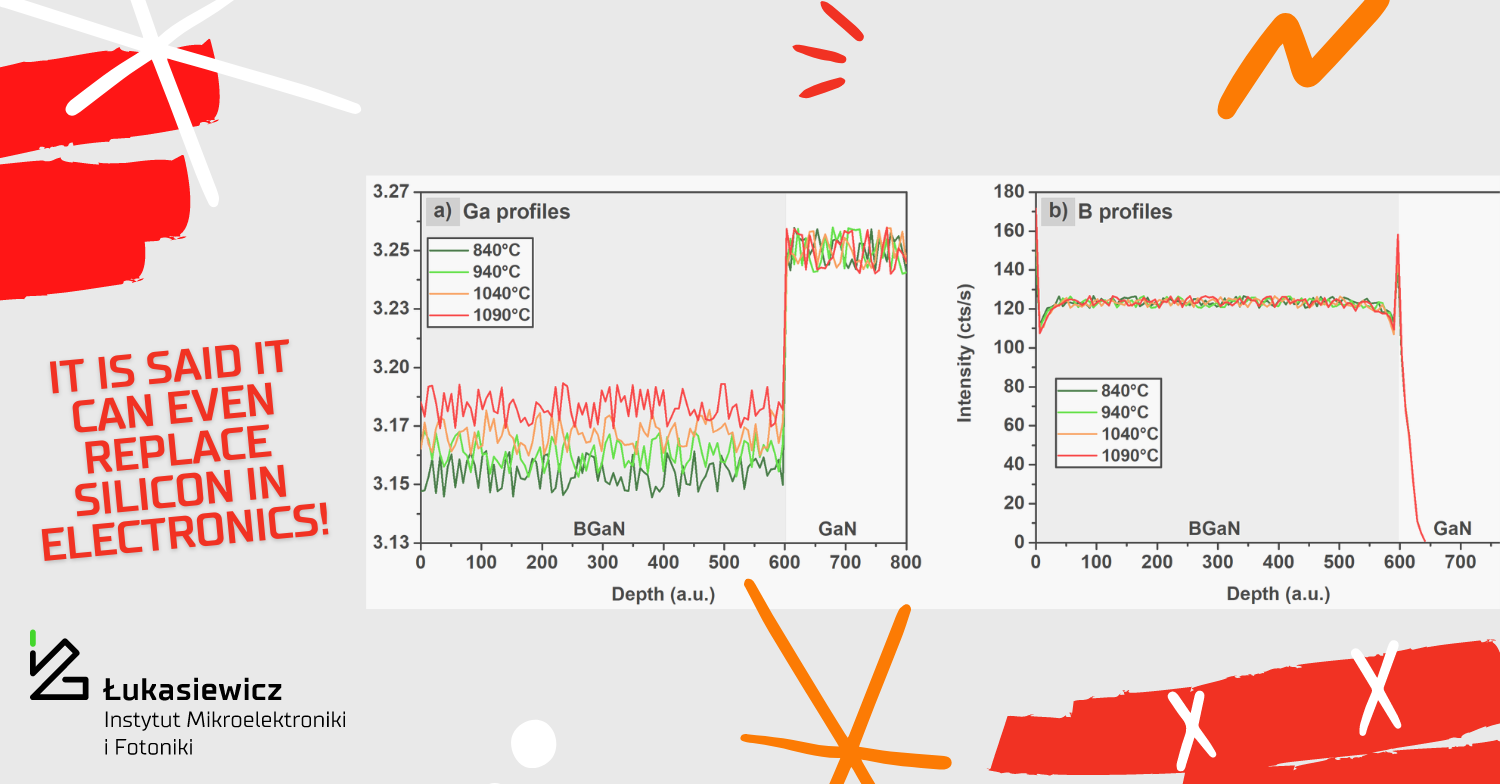Our scientists were the first to experimentally prove that boron is incorporated interstitial into the gallium nitride lattice. Additionally, they investigated boron-induced defect levels in GaN for the first time. Why did they pay so much attention to it? Because GaN is the material of the future!
…And it is used in optoelectronics and electronics. Did you know that the popular light-emitting diodes (LEDs) are based on this semiconductor? Meaning: it’s everywhere! And the latest research shows that it can even replace silicon in electronics.
The versatility of this compound results from the possibility of combining it into more complicated ternary compounds, such as InGaN, AlGaN… and just BGaN. It is BGaN that our scientists are studying carefully.
Their last two publications on this subject explain the nature of boron incorporation into the GaN lattice and its influence on structural, optical, and defect BGaN compound properties too.
In addition, they have presented the effect of interstitial boron on photoluminescence in the orange light range! Such a range is difficult to achieve for GaN compounds and could help to develop GaN-based white LEDs.
More about it in the publications below:
Insights_on_boron_impact_on_structural_characteristics_in_epitaxially_grown_BGaN


